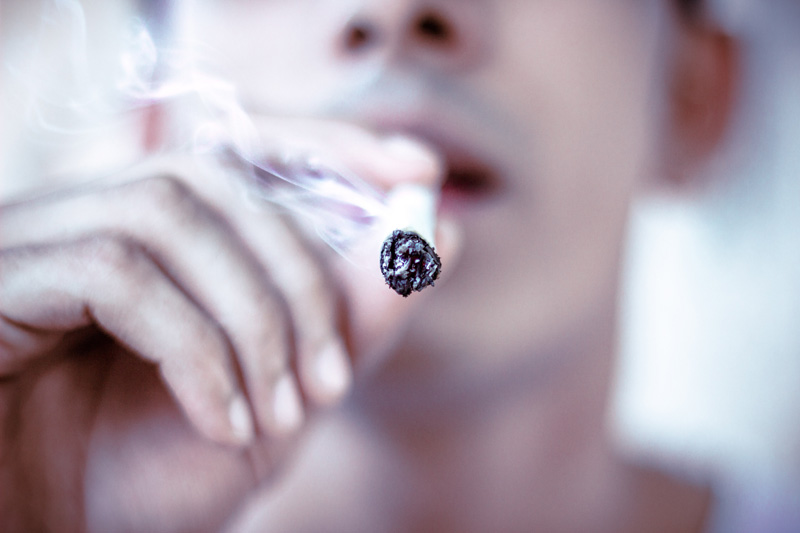Written by Jessica van Horssen
When I was 17, I was hanging out with squatters and others in the alternative scene where drugs were common at parties. People who use drugs recreationally may feel like they’re part of a special club, but the membership isn’t that exclusive. I tried and experienced it all, but more than just being fun and exciting, drug put men on a journey of self-discovery and healing. When they couldn’t give me any new insights into myself, I quit them all together.
After that I was diagnosed with ADHD and prescribed Ritalin, which I quit even faster because it turned me into some kind of speed zombie. I was able to operate better with a strict regime of physical exercise. Still, drugs may creep back into my life because life seems to less and less doable without some medication.
What’s in a name?
Being Dutch has given me a particular perspective on the word and the phenomenon of drugs. In Dutch we have separate words for prescription drugs, medicijnen, and recreational drugs, drugs (yes, we have adopted the English word). Then within the framework of the word drugs, we make a distinction between soft drugs (hash/marijuana), smart drugs (mushrooms), and hard drugs (your typical schedule 1 drugs).
Rationally making a harsh distinction between prescribed and recreational drugs is hard to justify when you have the facts. Looking at the workings of both prescription and recreational drugs, one will find that they are in fact quite similar. Ritalin, for example, looks very similar to cocaine molecularly. There is a slight difference in effect though, making cocaine a bit more addictive than Ritalin. Nevertheless, there are also many people addicted to Ritalin.
A piece of history
Over the course of human history, mankind has been using drugs. Drugs such as opium, caffeine, cannabis etc. have been extensively used for both pleasure and medical treatment. Psychoactive mushrooms have been used by shamans of indigenous cultures. Ethiopian priests started roasting and boiling coffee beans to stay awake through nights of prayer after a shepherd noticed his goats frolicking after eating coffee shrub. Opium was once prescribed for melancholia. You don’t need to look to distant cultures for prolific uses of what are now illegal substances. My own country has a long history with drugs as well.
The Dutch and drugs
World famous for our coffeeshops, where people over 18 can smoke a joint without being prosecuted, the Dutch used to lead in progressive drug policies. But there are also dark chapters in our history.
The Netherlands made a fortune selling opium in Indonesia at the end of the 19th century with a state-run opium factory in Java. In the early 20th century The Netherlands had the biggest cocaine factory in the world. The government made tons of money during WW1 supplying warring countries with that cocaine. Theodor Aschenbrandt, a German scientist wrote in his 1883 report “Die psychologische Wirkung und Bedeutung des Cocain” how cocaine increased German soldiers’ stamina, and how it decreased their hunger and fear, and made them get worked up much easier. That’s not even the end of it, because the same cocaine factory sold amphetamines to German soldiers during WW2. Soldiers who eventually occupied our country.
The end of the war wasn’t the end of the factory. It continued producing narcotics and funding for the Dutch government until 1963 when surrounding nations stepped up the pressure for it to shut down.

Photo by Katherine Hanlon
Healing properties of drugs
The Dutch case is a clear sign of abuse; they used drugs as a weapon. There is another side of drugs, as alternative medicines.
We know people have better lives because of the use of antidepressants or ADHD medication. Are they cured? Maybe not, but they sure as hell operate on a better level than without those meds. In a similar vein, people claim to have healed childhood trauma and addiction through drugs such as ayahuasca, also known as entheogens. I’ve tried it myself and it was quite healing indeed. It’s a shame it didn’t last for me, but for others it did. Why should one treatment be criminal but not the other?
Personally, I have had some healing experiences on MDMA. I got closer to the people I took it with. I’ve seen others get closer to their spouses. People who, after 50 years, finally started to talk honestly about their feelings. I have seen people change tremendously (in a good way) because of drugs like MDMA or LSD. Good thing there are organizations like MAPS who are researching the healing properties of recreational drugs like MDMA.
There is no one size fits all kind of approach. Everyone must find their own way. And that’s hard with the war on drugs going on. While some benefit from prescription drugs, others can be healed by smoking hash or taking XTC.
Who is the addict?
I am obviously not saying that no-one is helped by prescription drugs. I’m expressing my deepest concern for how many people and children are (over)medicated, and all the finger-pointing that’s been done.
Most politicians are publicly against recreational drugs. They seem to be very opinionated about people who occasionally pop a pill at a rave, use MDMA with their partners, or trip on mushrooms to get a spiritual experience. Funnily enough, I’ve also met recreational drug users very much against people taking prescription drugs. It’s clear there is still a lot of independent research is needed on both prescription and recreational drugs.
Being baselessly anti- something doesn’t make for an open mind, but being blindly pro- something doesn’t either. Drug policies in the USA, for example, turn recreational drug users into criminals, while 44.5% of the nation is using or has used prescription drugs. Nearly half the people! It just isn’t right to criminalize recreational users when pharmaceutical companies are the biggest drug dealer in the country.
We need to keep the debate going. And we need to listen to everyone involved. Keep an open mind, experiment with some if you desire, and inform yourself about what you’re taking. Whether it’s a pill at a party or meds prescribed by your psychiatrist. There is a lot of nasty business involved on both sides, but there are many positive possibilities too.
Keep your eyes open people. Unless you’re tripping balls, in which case you might want to close them.







